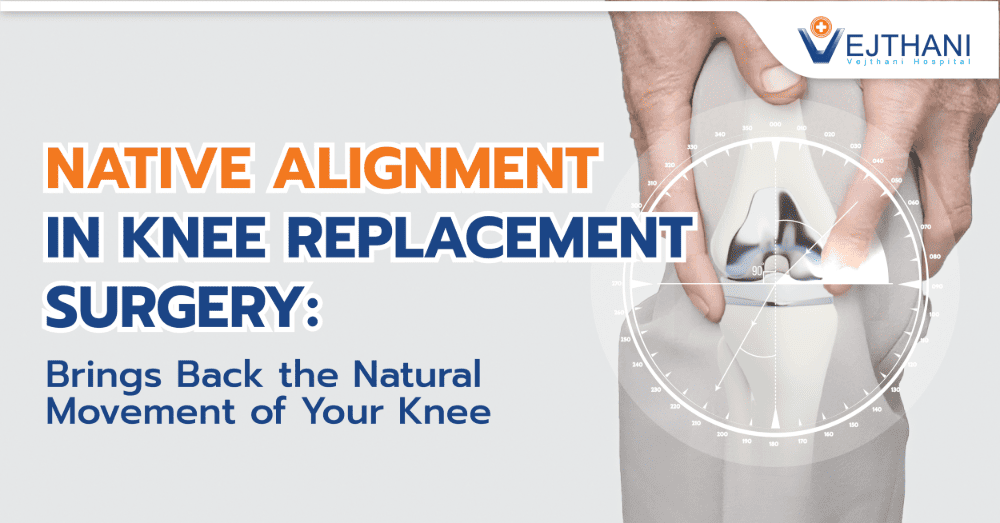
Cardiac implantable electronic device replacement
Overview
Replacement of a cardiac implantable electronic device (CIED) involves surgery to replace a component that helps regulate the cardiac rhythm. A pacemaker or an implanted cardioverter defibrillator (ICD) may be replaced during the procedure. The primary reason for replacing a CIED is typically the depletion of its battery’s lifespan. The operation is often required every six to ten years when the device’s battery is low.
It is often a simple outpatient treatment that doesn’t need for an overnight stay in the hospital.
The replacement of a CIED is performed by a healthcare provider, such as a cardiac surgeon, cardiologist, or electrophysiologist (a healthcare provider who focuses on the electrical impulses of the heart).
Reasons for undergoing the procedure
The battery is most frequently replaced because it has reached the end of its lifespan, has a low charge, or is unable to keep a charge. In their lifetime, the batteries may need to be replaced more than once because they normally last six to ten years. The healthcare provider inspects the generator throughout appointments so they will be aware when the battery on their generator is getting close to the end of its useful life.
Some further reasons for replacing a device can be:
- The healthcare provider advises using a device that is more recent or has more features.
- The implantable device develops a fault or stops functioning altogether.
- Infection that needs the removal of the device in the patient.
Risk
Replacement of a CIED is normally a low risk, safe procedure. Risks that could arise include:
- Sedative allergic response.
- Abnormally heavy bleeding or blood clots.
- Infection around the leads (if the patient needs new leads) or in the incision.
Before the procedure
The healthcare provider will give specific directions on how to get ready for the ICD or pacemaker replacement operation, they could:
- Request that the patient stop taking specific medications, such as aspirin or anti-inflammatory medications.
- Perform cardiac testing, such as an echocardiography or electrocardiogram (EKG).
- Run blood tests to ensure sure they are in good enough health to have surgery.
During the procedure
The battery-powered generator under the skin is typically the only component of CIED replacement. That implies that major surgery is not required to remove the leads that are linked to the heart by a healthcare provider. However, in some circumstances, the healthcare provider will have to take the entire devices apart or replace it, including the leads. This is a challenging process.
If the patient has a leadless pacemaker, the healthcare provider either removes the old device through a vein using a catheter (a thin, flexible tube-like device) or shuts off the old device and implants the new one (the old device remains in place). Because leadless pacemakers are significantly smaller than conventional pacemakers, retrieving these devices through a vein is possible.
The healthcare provider will do the following while replacing the generator:
- Administers intravenous (IV) sedative to the patient through a vein in their arm.
- Creates a skin incision (cut) over the implanted device.
- Removes the generator by separating it from the leads.
- Inserts the new generator and wires the leads to it.
- Stitches or glue are used to close the incision.
After the procedure
After the surgical procedure to replace the device, the patient must remain in the hospital or an outpatient for a number of hours. The medical team keeps an eye on the patient as they recover from sedation. The majority of patients can return home the same day as the treatment.
Outcome
The patient should take it easy the day of the surgery and refrain from heavy lifting or hard exercise for a few days after the procedure. A few days after the procedure, the patient may have some swelling or pain near the incision. The patient’s medication for mild to moderate pain may be administered by a healthcare provider.
The healthcare provider will also instruct the patient the following:
- Cleaning and tending to the wound as it recover.
- Keeping track of the new device.
- Getting back to regular activities.
The following symptoms should prompt the patient to contact their healthcare provider:
- Fever.
- Chest pain.
- Infection at the incision site.
- Difficulty of breathing or shortness of breath.
- Fainting.
- Dizziness.
- Heartbeat may be slow or fast.
- Hiccups.
Contact Information
service@vejthani.com






















